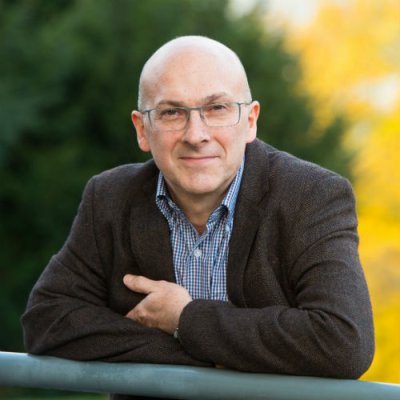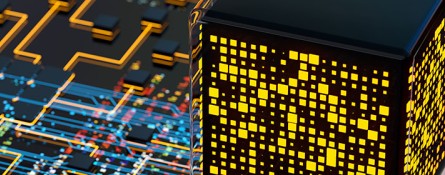Quantum Sciences Group
Our group carries out research primarily to study quantum systems, both theoretically and experimentally, from the formal mathematical foundations of quantum mechanics to its applications in technology.
Welcome from head of group
Welcome to the Quantum Sciences Group. Our interests are in all things ‘quantum’.
Our research covers number of topics in quantum physics, both pure and applied, and both theoretical and experimental, ranging from the nature of entanglement and decoherence in open quantum systems to quantum technologies such as optoelectronic devices and quantum computing.
Dr Andrea Rocco
Head of Quantum Sciences
Outputs and outreach
Study with us
If you have a query regarding our new MSc degree programme, then please get in touch with any member of academic staff of our group.

Upcoming seminars
Our group holds regular meetings covering a wide range of topics in modern quantum sciences. This includes both fundamental, mathematical, and practical aspects.





